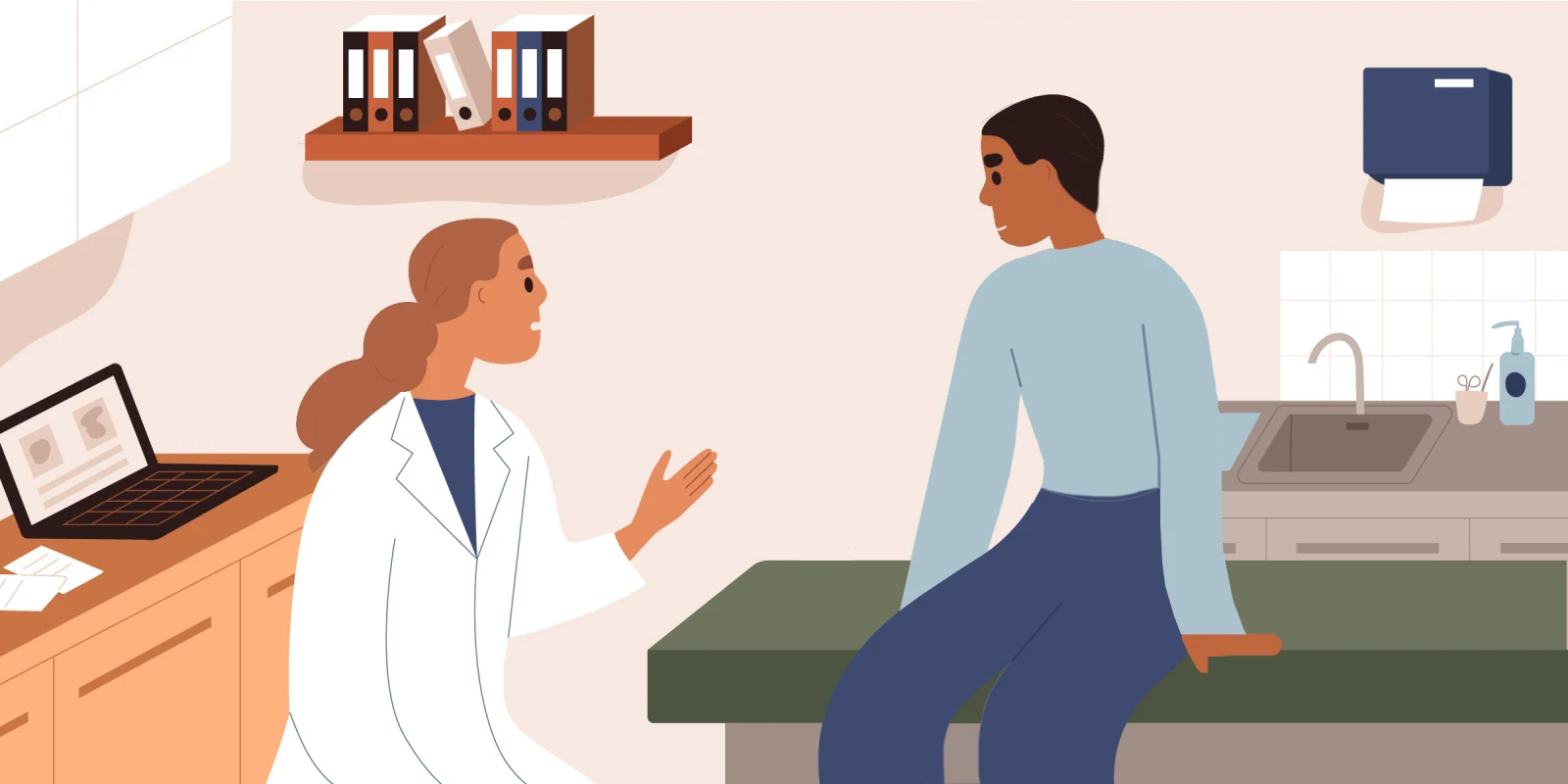In medicine, we see transient snapshots of our patients’ lives — 10 minutes on rounds, 20 minutes in the clinic, one hour during a psychiatry intake appointment — but never the whole picture. I often wonder who my patients are outside of the hospital and clinic, and am frequently surprised by the layers of experiences that shape my patients’ lives, health, and care needs.
One patient stands out vividly. This patient presented for voluntary inpatient psychiatric admission due to depression and episodes of uncontrollable rage. Throughout his hospitalization, he was nearly always part of the general milieu, attending all groups and dedicated to his own care. He frequently described feeling bored, and was just waiting for the medications to help his rage so he could be discharged.
When offered books, puzzles, and journal exercises, this patient declined: “Reading isn’t my thing … I hate puzzles.” Finding it curious that he repeatedly scorned leisure activities — despite his voluntary presentation and buy-in to all other aspects of care — I eventually asked him why. His reply led me to realize that, five days into his stay, I had completely missed one of his most important care needs: The patient explained, “All there was to do in prison was read. Reading feels like I’m back there.”
For this particular patient, it was crucial to his care that we knew that he had formerly been incarcerated. He had PTSD that needed to be addressed and, importantly, that we needed to be prepared for in the event that he had an episode of rage on the inpatient unit.
For other patients, however, documenting previous justice involvement is more complicated. It can serve as an invasion of privacy and can lead clinicians to form negative judgments about patients. Given these competing priorities — getting all the information versus protecting patient privacy — I have begun to wonder: When is it important to know if my patient has previously been incarcerated?
I’ve decided that the answer is: It depends. For the patient above, there were various reasons why documenting that information would have been beneficial. The most salient reason? Alerting clinicians to possible stigma the patient might have experienced and its resultant effects. For justice-involved patients, stigma is a major health risk: A disproportionate number of patients who’ve been incarcerated have experienced trauma, and research shows that stigmatization can beget retraumatization. Furthermore, a systematic review on criminal justice stigma found that it has an indirect impact on suboptimal health care utilization. Perhaps as a result, the review also found that risk of death from overdose and cardiovascular disease is elevated indefinitely for people who’ve been incarcerated. Finally, the review found that stigma has a direct impact on psychological symptoms and an indirect impact on social isolation.
In addition to being aware of stigma, it is key for clinicians to be aware of potential behavioral barriers to care that are unique to justice-involved individuals. Rotter et al. observed that many justice-involved individuals develop adaptive behavioral patterns in carceral settings that impede care outside of prison. Such behaviors may include “stonewalling” (not talking to staff), “clinical scamming” (presenting oneself as an ideal patient for perceived secondary gain), and desire to not appear weak (medication/care refusal). Cognizance of these behavior patterns is necessary for clinicians to establish a therapeutic alliance with patients. For example, a patient who used stonewalling as a coping mechanism while incarcerated may unconsciously carry this schema of patient-physician interaction into the outpatient sphere. An astute clinician might provide more frequent, gentle reminders that the medical care setting is a safe, confidential space — or perhaps explore with the patient similarities and differences between the medical care experience inside and outside of prison walls.
While building a strong therapeutic alliance is key in providing excellent patient care, it is also important to acknowledge that as clinicians, we must stay safe. Though the literature on the specific risk to physicians from justice-involved patients is sparse, it is well documented that physicians as a group are vulnerable to assault. A 2018 ACEP survey of EM physicians found that 47% had been assaulted, often by patients, and 71% had witnessed an assault of a colleague. A 2015 review of articles from 1950-2013 found articles reporting a 2-25% rate of stalking of physicians (although recall bias is a likely limitation of many of the individual studies). And when I was a third-year medical student, the statistical risk of assault became frighteningly tangible. One afternoon in the ED, I found myself walking ahead of my resident team, behind the stretcher of a patient whom we were about to evaluate for altered mental status. Suddenly, the patient pulled a firearm out of his pocket, which we later found out was loaded. A quick-thinking, ex-military paramedic disarmed the patient and kept us all safe. To bluntly state, this near-miss experience was terrifying.
It’s important to note that in the above instance we had no documentation of who this patient was. Not all risk can be mitigated by documentation, and there is good reason not to document a patient’s previous justice involvement: It can violate patient privacy. When I was in medical school, for example, an instructor mentioned that the patient lying on the operating table for a hernia repair had been in prison for two years, recently released. The patient, covered in sterile blue paper and sedated, was perhaps in one of the most vulnerable states of his life. Under anesthesia, he posed no risk to our team. Similarly, when I was caring for a patient hospitalized for a COPD exacerbation in the 2020s, I found a past note summarizing his social history that read: “Was in jail in the ‘80s.” The elderly patient, who was markedly frail and bed-bound, could barely eat his meals independently; he posed no risk to anyone. These irrelevant notes are problematic: They can lead us to develop unconscious judgments, or to engage in speculation about the reason for patients’ incarceration — which propagates stigma years or decades after incarceration and release.
Cementing the perfect balance in documentation between avoiding stigmatization, addressing unique care needs of justice-involved patients, and keeping care team members safe can feel like an overwhelming balancing act. These days, I err on the side of not documenting past incarceration when it is not directly relevant to the situation at hand, at the risk of omitting a key part of a patient’s past experience. Caring for patients who were formerly incarcerated involves many gray areas, but awareness of the unique needs of this too-often stereotyped, stigmatized, and retraumatized population is key.
Have you ever treated patients who were formerly incarcerated? Share your experiences in the comments!
Dr. Elizabeth Bruce is a former public school teacher and current PGY-2 psychiatry resident physician at the University of Michigan. Her wellness activities include running, crossword puzzles, traveling, and spending time with her spouse and shelter pets. Dr. Bruce is a 2022–2023 Doximity Op-Med Fellow.
Image by GoodStudio / Shutterstock







